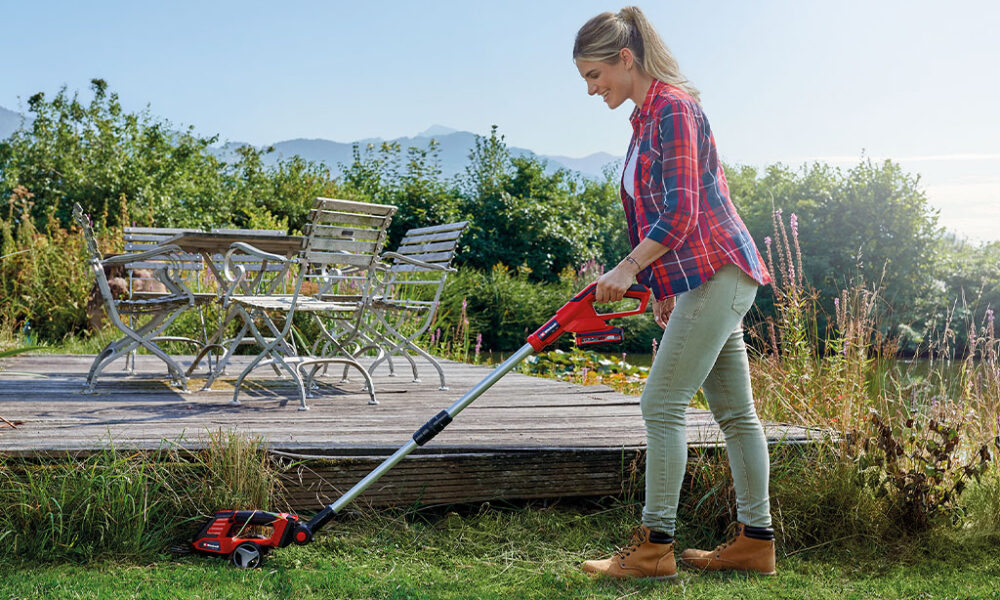When it comes to owning a home, one of the significant elements that often goes unnoticed is the roof. However, the roof over your head is crucial for shelter, protection, and even energy efficiency.
This guide will walk you through various residential roofing materials. We’ll cover their benefits and drawbacks. By the end, you’ll have a clearer picture of what type of roof aligns best with your needs and preferences.
Metal Roofing is Strong and Durable
Metal roofing has gained popularity due to its impressive lifespan, often exceeding 50 years. Materials like steel, aluminum, and copper are commonly used, each offering unique benefits.
Energy Efficiency
Metal roofs are highly reflective, reducing heat absorption and making them energy efficient. This can significantly cut down on cooling costs during the summer months.
Eco-Friendly Option
These roofing solutions are made from recycled materials and are fully recyclable at the end of their life. This makes them an eco-friendly option for environmentally-conscious homeowners.
Slate Roofing Timeless and Elegant
Slate roofing is one of the longest-lasting options available, with some roofs lasting over 100 years. It’s incredibly durable and resistant to fire, water, and harsh weather conditions.
Natural Beauty
Slate offers a natural beauty that is hard to match. Its unique texture and color variations can make your home stand out. It’s a premium roofing material that adds significant value to your property.
High Initial Cost
The primary downside to slate roofing is its high initial cost. Both the material and the installation are expensive. However, the long-term benefits and minimal maintenance can make it a worthwhile investment.
Wood Shingles and Shakes Rustic Charm
Wood shingles and shakes offer a rustic charm that other materials can’t replicate. They are perfect for cottages, historic homes, and any property looking to achieve a natural look.
Environmental Impact
Wood is a renewable resource, making it an environmentally friendly option. Yet, it’s essential to choose sustainably sourced wood to minimize environmental impact.
Maintenance and Durability
Wood shingles and shakes require regular maintenance to prevent issues. They also have a shorter lifespan compared to other materials, typically lasting 20-30 years.
Green Roofing is Sustainable and Eco-Friendly
Green roofs are covered with vegetation, providing many environmental benefits. They help reduce the urban heat island effect, improve air quality, and provide natural insulation.
Energy Efficiency
Green roofs can significantly reduce heating and cooling costs by providing natural insulation. They also help manage stormwater runoff, reducing the strain on drainage systems.
Maintenance Requirements
Green roofs require regular maintenance to ensure the health of the plants. This includes watering, weeding, and occasional fertilization.
Solar Roofing Power Your Home
Solar roofing integrates solar panels directly into the roof, allowing you to generate renewable energy for your home. This can significantly reduce or even eliminate your electricity bills.
Long-Term Savings
Solar roofing is expensive at first. It can save on energy bills over time. So, it may be a good investment.
Aesthetic Integration
Modern solar roofs blend with traditional materials. They keep your home’s beauty while providing clean energy.
When it comes to selecting and installing your roof, consulting with roofing specialists is crucial. Professional roofers have the expertise to guide you through the process.
Exploring the Different Types of Residential Roofing
Choosing the right residential roofing material for your home is a significant decision that can impact your property’s longevity, energy efficiency, and curb appeal. Choose between asphalt shingles, metal roofing, or clay tiles. Each has its pros. So, consider your needs and preferences.
For more helpful tips, check out the rest of our site today.









